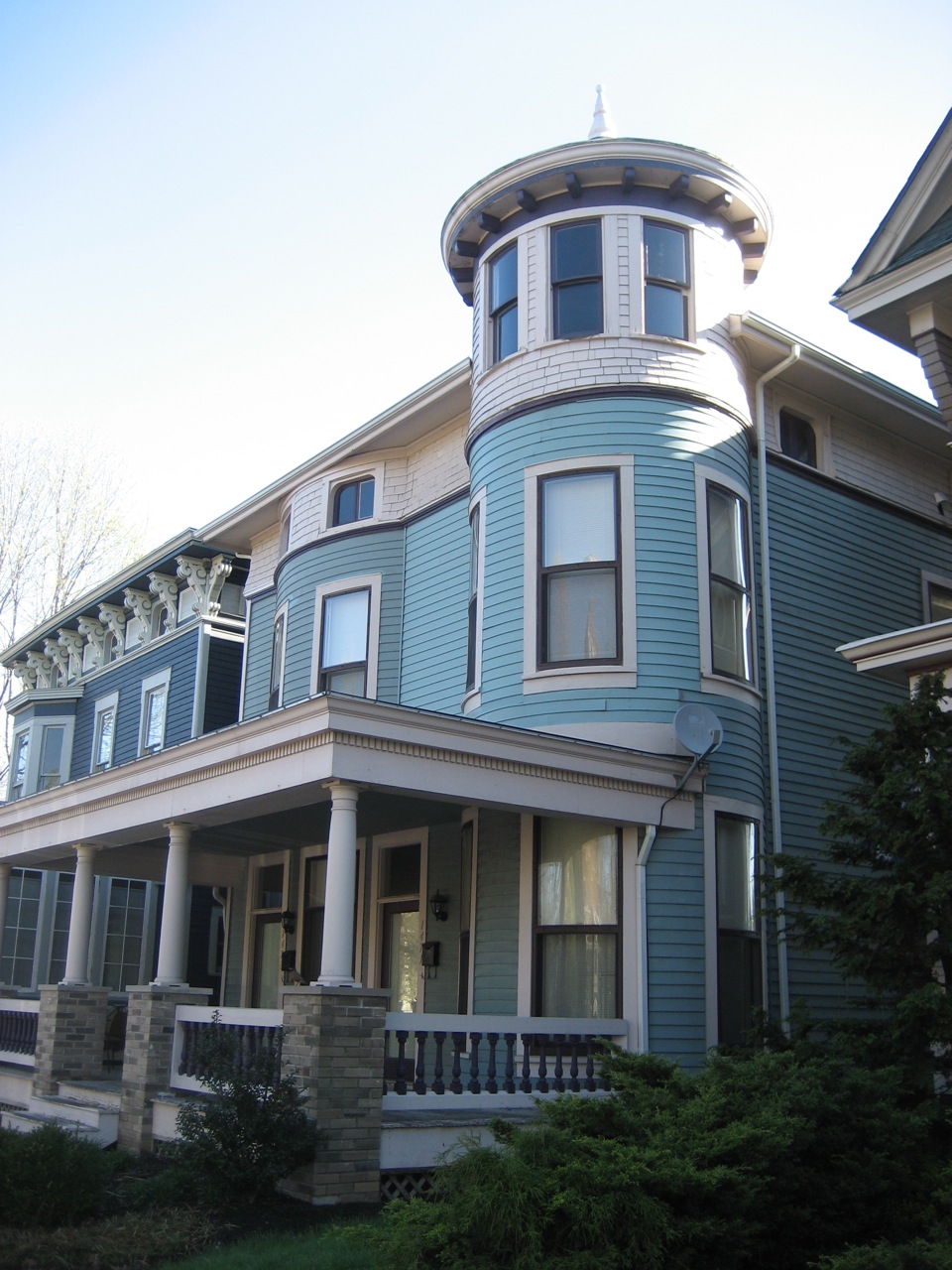Erika Smith from the Indy Star fills us in on a new plan for development in downtown Indianapolis that includes improving residential as well as retail and business development. Here’s some basics about the plan:
This is the thinking behind a new strategic plan called Velocity.
Led by IDI, this year-long process — with the help of dozens of community, political and business leaders — will come up with a five-year vision for Downtown Indianapolis. Under consideration are ways to drive economic development, make better use of public spaces and parks, improve transportation (yes, including transit), increase housing options, and add more arts and cultural attractions. A public launch is set for Tuesday.
But this isn’t planning for your father’s Downtown Indianapolis.
We’re talking Raymond Street to the south, 30th Street on the north, Tibbs Avenue to the west and Keystone Avenue/Rural Street to the east. That box includes a lot of up-and-coming neighborhoods that have benefited from Downtown’s growth, but it also includes a lot of neighborhoods that missed the rising tide that was supposed to lift all boats.
You can take a survey to give your opinions about what will improve downtown – your answers will help shape the advisory groups vision of what Indianapolis can be.
One of the things I emphasized in the comments of the survey is that we should concentrate on infill before density. There are hundreds of empty lots in downtown and “downtown adjacent” neighborhoods where homes have been bulldozed over the last 30 years. We have a lot of empty spaces to fill in – but rather than doing that completely with condos, townhomes and multi-story apartment buildings, consider strategically filling them in many of them with single-family residences. And where you are filling in with more dense residential construction – give apartments some breathing room. Make them three-bedroom rather than two. Make them two bedroom rather than one. Make them appealing to families with kids and dogs, not just single professionals. In short, concentrate on filling in the vast wasteland of empty lots up and down College Avenue with residences before building yet another downtown condo.
I agree that urban sprawl is bad. I know that density is considered ideal in urban planning. But we have a lot of empty slate to work with here. We can be careful about how much density we’re adding, because Indianapolis is attractive to it’s current residents for a reason. Stephanie and I considered living in Chicago, New York and Toronto when we were deciding where to live; we didn’t just land in Indianapolis by accident, or because we grew up here. The reason we picked Indianapolis over those other cities is because we’re able to afford to have a private library in our own home, and keep a dog and a vegetable garden in the yard, even living downtown. It’s not that I love driving – I’d rather take a bus (or better yet, a streetcar! Lets bring those back) to my workplace. But Chicago and New York seem frenetic and stressful, like there are people living in your lap all the time. We can come up with a happy medium between our current sprawl and the density of a large city, and better public transit can get us from place to place.
We’re not Chicago, and we don’t need to be. In fact it’s better off if that isn’t our goal; if we take advantage of opportunities we have that Chicago does not. Indianapolis has a distinct advantage in doing this sort of city planning over larger cities; we don’t have to make the same mistakes they did. We don’t have to force people to live in 300-square foot boxes because we’re retrofitting blocks and blocks of 200-year-old buildings. We don’t have to screw up by making the Robert Moses mistake of displacing urban neighborhoods and local businesses. We don’t have to become unfriendly to families with kids who need space to raise them. We also have the advantage of having a built-in target market for new residents – the people just north of us – the folks who grew up in Carmel and Noblesville because their parents moved out of Indianapolis in previous decades. This generation of young Hamilton County adults is more culturally aware than the people of their parent’s generation who fled the city for the suburbs. They’ll see the advantages of living closer to their workplace and shortening their commute while broadening their cultural exposure and awareness. But they grew up with a backyard and a dog and room and bedrooms for kids, and they may still want that.
I’m sort of curious whatever became of the Ball State plan for Urban Design Indianapolis that was in the works back in 2007 and 2008. I linked to that project several years ago, and when I went back to reference the guidelines they came up with here, the link to the website where the plan resided is broken. I was wondering how much that plan might inform the current one. After a considerable amount of searching, I wasn’t able to come up with a link to the plan that worked.
